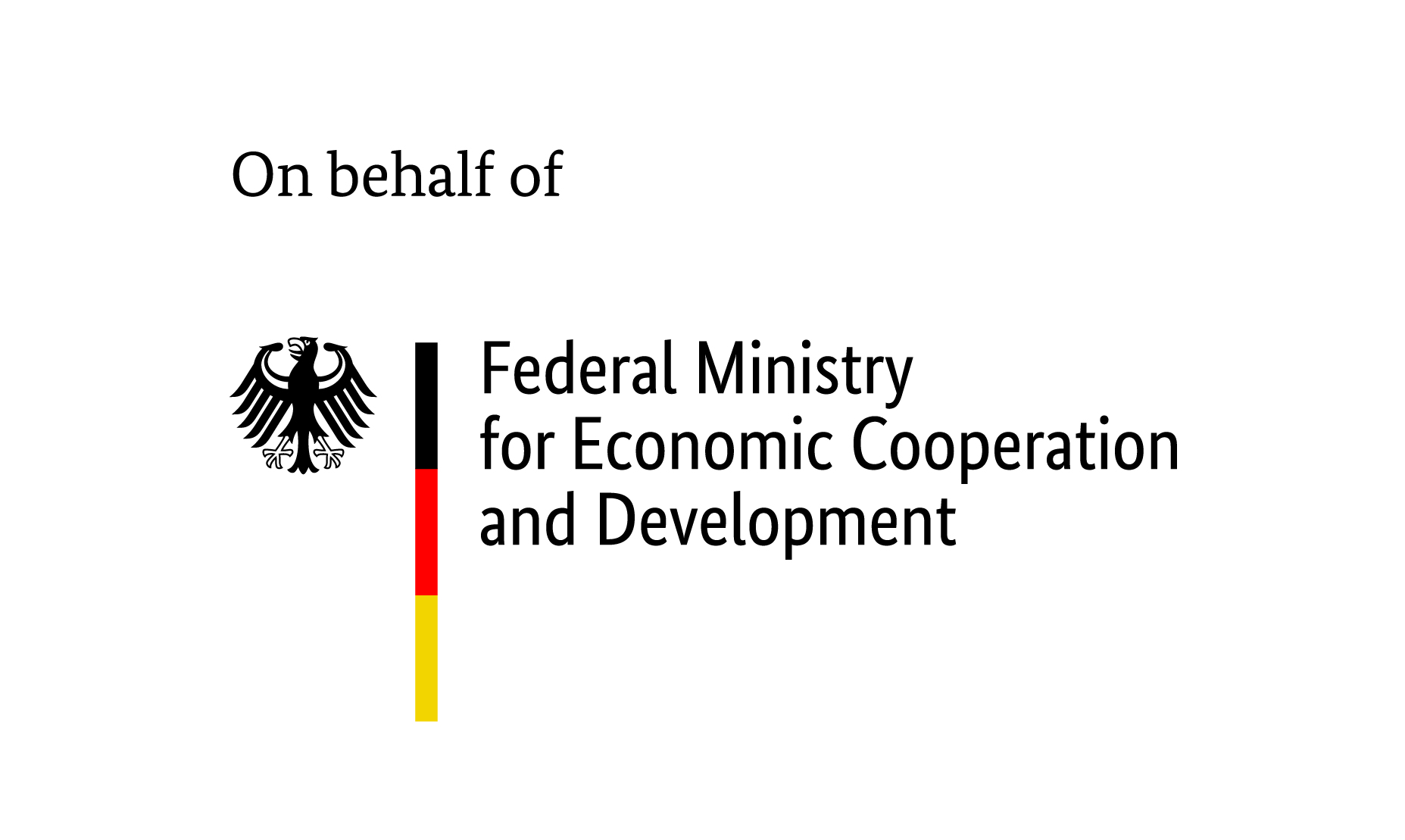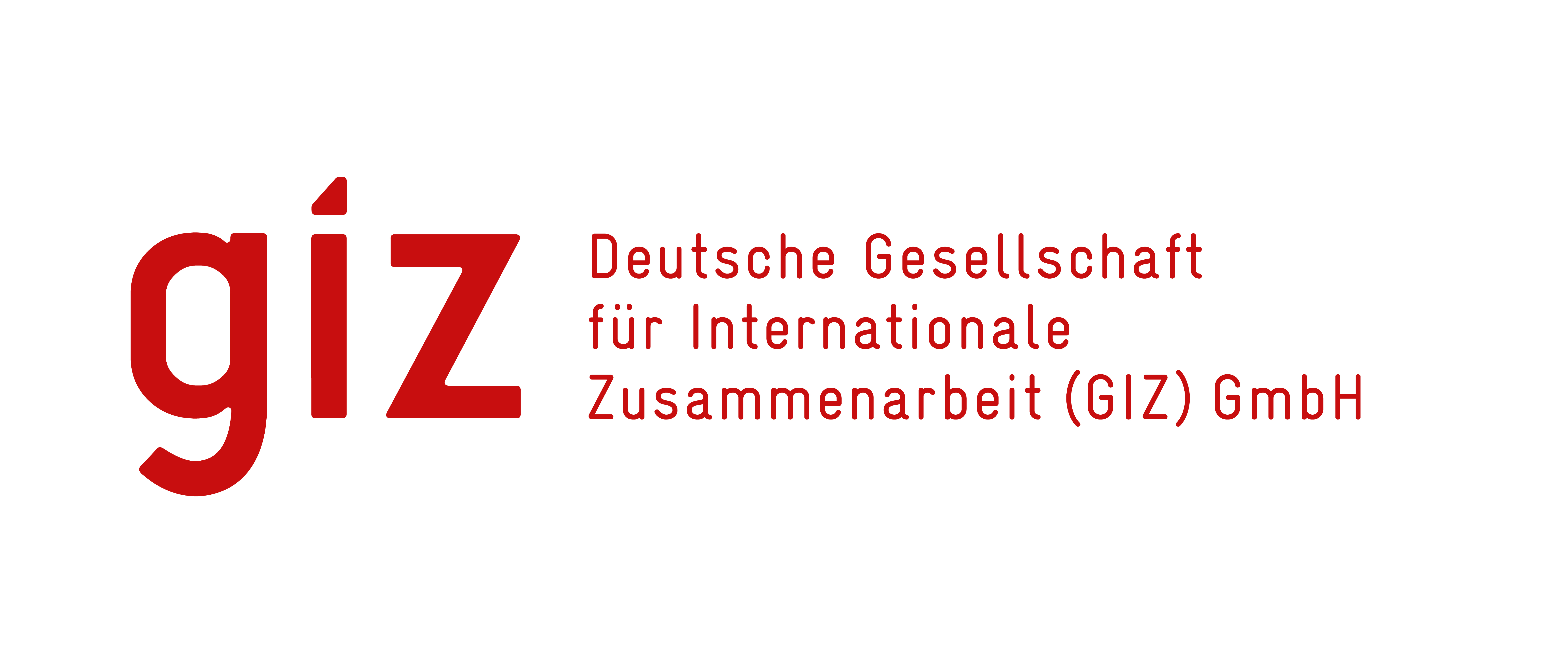
Ten years later, households targeted by the programme consume more and earn more than control households and enjoy better mental and physical health
Read "Long-term Effects of the Targeting the Ultra Poor Program" by Abhijit Banerjee, Esther Duflo and Garima Sharma here.
'Big push’ programmes targeting the ultra-poor are intended to help the poorest households escape the poverty trap with a one-off grant. But is the impact of such programmes genuinely permanent? In this VoxDevTalk, Garima Sharma discusses her work with Abhijit Banerjee and Esther Duflo in which they study the long-term effects of the BRAC Targeting the Ultra Poor programme in West Bengal, India. The programme targeted the poorest households in villages, as identified by the residents of those villages. These tend to be households headed by widows with no assets that would enable them to earn an income, children engaged in child labour or begging and no access to credit. The BRAC programme aimed to alleviate many of the constraints preventing them from escaping this trap by providing an asset (such as livestock), training in how to use the asset to earn an income, as well as consumption support, in the form of a cash grant, to allow them to retain the asset even when hit by a shock.
Using a randomised controlled trial that tracked these households four, seven and ten years after the intervention, the authors find that ten years later, treated households consume about 20% more than control group households and earn about 30% more. In addition, they tend to have better physical and mental health, which allows them to spend more time on productive activities. The authors also find that while treated households initially did better than the control households by using the assets given to them to earn an income, over time they shift first into micro-activities and then into wage employment. Demonstrating the sustained benefits of ‘big push’ programmes in this way is important given their high cost.





